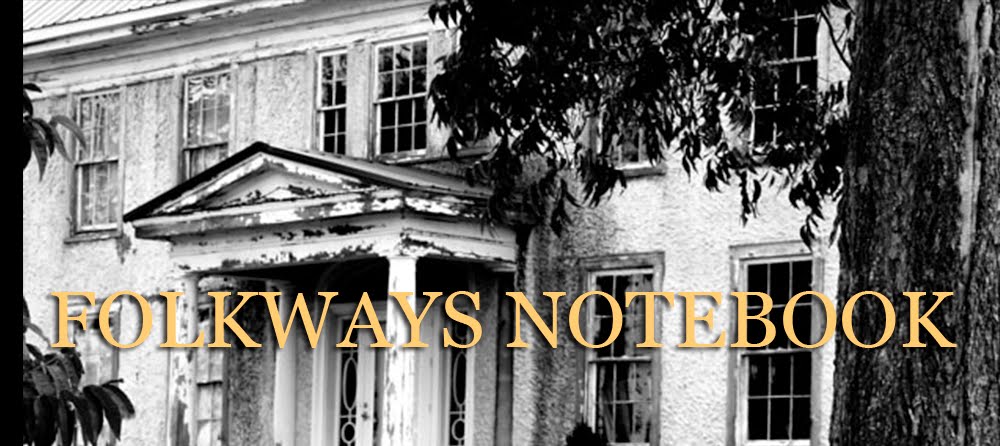| A CRIMSON COLORED FARMER'S FIELD |
A friend had tipped me off about the beautiful crimson clover field that you see in the photo above. She told me it was lovely and I just might want to take a ride past the field. She also told me to take some scissors and a container so I could clip a small bouquet for home.
The field belongs to a farmer and is usually all green with various interesting weeds but this spring the field turned to a blanket of deep red crimson clover.
The field belongs to a farmer and is usually all green with various interesting weeds but this spring the field turned to a blanket of deep red crimson clover.
| CLOSE UP OF CLOVER IN THE FARMERS FIELD |
Of course we know why farmer's plant clover in the fall to bloom in the spring. But usually the clover is either small blooms of white or pinkish purple. Seeing the large crimson clover blooms is breath taking when planted in a whole field. The clover protects the land from erosion, nourishes the soil, provides winter cover for small animals, and in the spring lots of clover for the busy bees.
 |
| MY BEAUTIFUL HOME BOUQUET |
Of course I forgot to take a container and scissors to the field. I took my photos and thought how I would have loved to clip some of the clover. Then I remembered a few things. I had an empty large coffee cup in my car and a large knife in the back of my cab. I looked around the ground and spotted some large water puddles left from all the rain we have had lately. I was all set. I cut my clover, filled the cup half way with rain water, and filled the cup with the fresh blooms. Off I went. At home I placed the blooms in an old crock and sat down with a cup of coffee and thought about the fun one can have over such simple acts as being with crimson clover.








